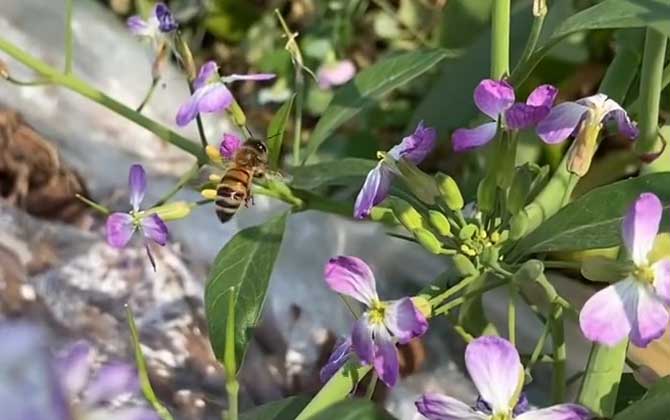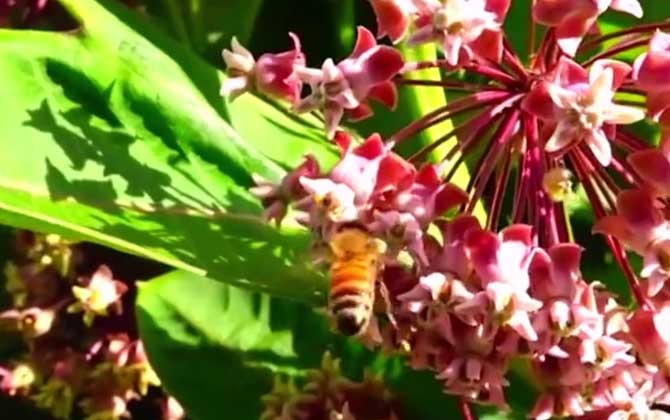What Are Bees Afraid Of? A Comprehensive Guide
Introduction to Bees
Bees, belonging to the family Apidae and genus Apis, are renowned for their vital role in pollination and honey production. There are nine recognized species of honeybees worldwide, with the most common varieties including:
- Chinese Honey Bee (Apis cerana cerana)
- Italian Honey Bee (Apis mellifera ligustica)
- Black Bees (including Northeast China Black Bee and Xinjiang Black Bee)

1. Smoke and Fire
Smoke remains bees’ greatest natural fear. This evolutionary response dates back to prehistoric times when early humans hunted bee colonies for their larvae, honey, and pollen using smoke-based techniques. Through natural selection:
- Bees with slow smoke responses were eliminated
- Colonies that evacuated quickly when sensing smoke survived
- Modern beekeepers still use smokers to calm bees during hive inspections

2. Pesticides and Chemicals
Agricultural chemicals pose severe threats to bee populations. Pesticides affect bees through four primary exposure routes:
- Contact Poisoning: Direct exposure through body contact
- Nectar Contamination: Ingestion through contaminated nectar stores
- Fumigation: Inhalation of volatile chemicals
- Systemic Absorption: Consumption of pesticide-laced pollen
Neonicotinoid pesticides have been particularly devastating, contributing to colony collapse disorder (CCD) in recent decades.

3. Common Bee Pests
Major Apiary Threats:
- Wax Moths (Galleria mellonella):
– Primarily attack Chinese Honey Bees
– Larvae tunnel through comb structures
– Can cause 40-60% colony strength reduction - Varroa Mites (Varroa destructor):
– Target Italian Honey Bees
– Feed on bee hemolymph
– Responsible for 85% of colony losses in some regions

4. Natural Predators
Bees face numerous predators in their natural environment:
| Predator | Target | Impact Level |
|---|---|---|
| Asian Giant Hornet | Entire colonies | Can destroy hive in 2 hours |
| Toads | Foraging bees | 30% colony disturbance |
| Crab Spiders | Worker bees | 15% daily loss |
| Dragonflies | Mating queens | 20% mating failure |
Notable Predation Patterns:
- Hornets employ “bee ball” tactics to overwhelm defenses
- Toads can consume up to 50 bees per night
- Dragonfly swarms create effective aerial barriers
- Spider webs near hives capture 10-15% of foragers
Conservation Considerations
Modern beekeeping practices have developed various protective measures:
- Smoker techniques with herbal mixtures
- Integrated Pest Management (IPM) systems
- Predator deterrent fences
- Selective breeding for pest resistance
Understanding these threats helps in developing better conservation strategies for these crucial pollinators that contribute to 75% of global food crop production.